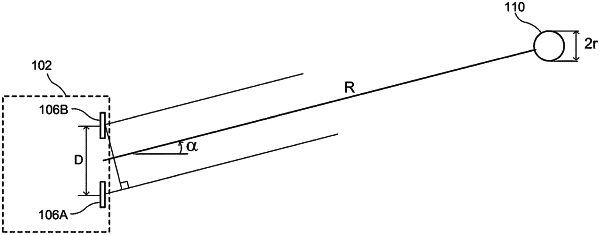| CPC A63B 24/0021 (2013.01) [A63B 69/3658 (2013.01); G01S 13/58 (2013.01); G01S 13/583 (2013.01); G01S 13/88 (2013.01); A63B 2024/0034 (2013.01); A63B 2220/35 (2013.01); G01S 7/356 (2021.05)] | 22 Claims |

|
1. A method for determining a spin axis of a sports ball, comprising:
transmitting a signal, via a first radar, into a target area into which the sports ball is to be launched, the first radar including three receivers arranged so that a minimum of three receivers are not co-linear, the signal being reflected back to the receivers by the sports ball;
receiving, by the first radar, the received reflected signal via the receivers;
performing a frequency analysis on the received reflected signal received by the first radar at a first point in time to determine a frequency spectrum comprising a range of frequencies received by the first radar corresponding to differing velocities relative to the first radar of different portions of the sports ball as the sports ball is spinning;
separating the determined frequency spectrum into a plurality of frequency components; and
determining for each of the frequency components a first phase difference between signals received at a first pair of the three receivers and a second phase difference between signals received at a second pair of the three receivers and identifying a component of the spin axis of the sports ball based on the determined first and second phase differences.
|